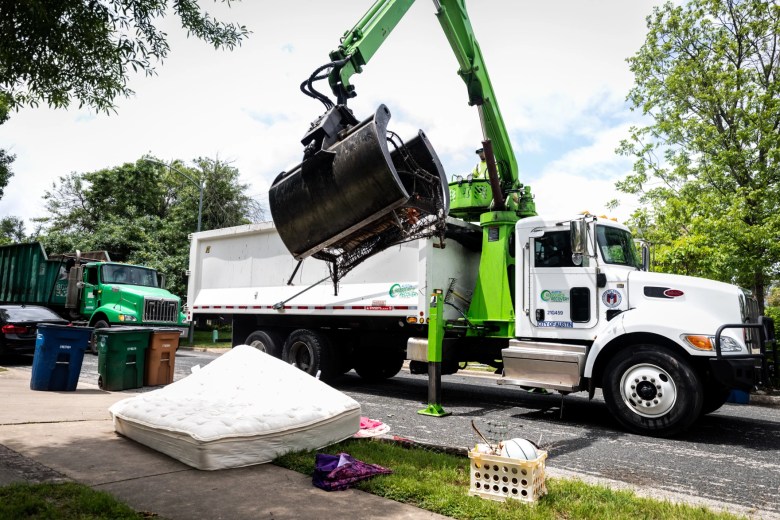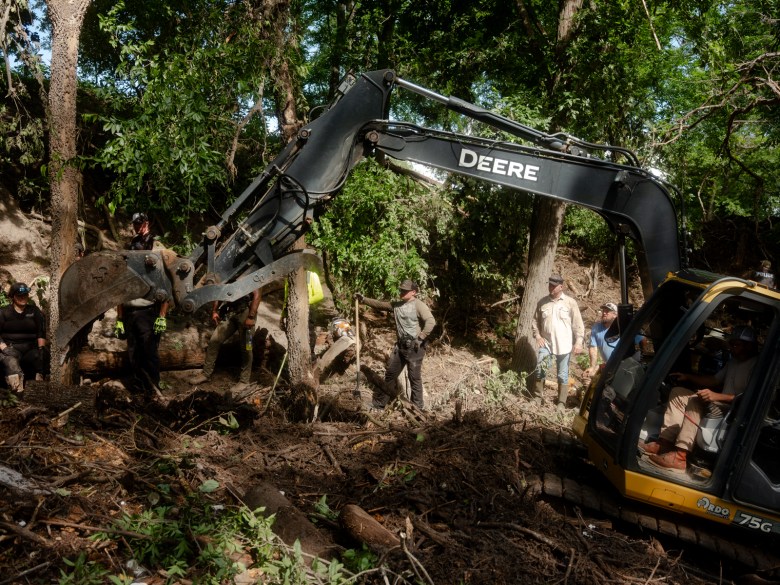Barbara Brummer, M.D.
A novel public-private collaboration is promoting a shrewd, sustainable approach to coast protection as coastal communities in New Jersey get ready for summer boating and hurricane season. The Regional Sediment Management Framework (RSMF), a guide to restoring and protecting the state’s priceless wetlands and iconic waterfronts, was introduced by the New Jersey Department of Transportation (NJDOT) in collaboration with the New Jersey Department of Environmental Protection (NJDEP), the U.S. Fish and Wildlife Service, the U.S. Army Corps of Engineers, academic institutions, and nonprofit partners.
Maintaining our navigation channels and assisting our coastal marshes in surviving while facing and losing ground to rising sea levels and growing erosion are two urgent issues that the RSMF addresses. It provides a fresh approach to managing sediment as a resource and giving priority to initiatives that benefit the economy, the environment, and people in various ways.
In order to sustain the $50 billion maritime industry of New Jersey, which includes marinas, boat ramps, and other infrastructure that many coastal communities and tourists depend on, the state’s back bays and coastal waterways must be regularly dredged. Dredged sediment is often disposed of as waste and taken to upland disposal locations, depriving surrounding marshes and wetlands of the sediment they require to survive and serve as natural buffers.
When feasible, the RSMF’s strategy spreads sediment on marshes to improve community protection from flooding and storms, support habitat, and provide grasses with a foothold. More than 1 million cubic yards of dredged material have been used by NJDOT to rehabilitate beaches and marshes since 2013. The approach will be extended and expedited across additional sites and projects by RSMF.
Hurricane season in New Jersey began on June 1st, highlighting the significance of bolstering our natural defenses. Restored wetlands provide vital habitat for fish and animals while lowering wave energy and flood danger, protecting neighboring neighborhoods at a reasonable cost.
The RSMF is a crucial first step in expanding marsh replenishment initiatives, but continued legislative funding is necessary for long-term success in order for the NJDOT to carry out dredging that recovers our salt marshes and guarantees safe navigation. This prudent strategy supports recreational marine activities, creates necessary habitat for fish, birds, and other wildlife, and makes coastal communities in New Jersey more resilient to sea level rise and more frequent storms.
Bravo to the NJDEP and others for their full support of the RSMF, and to the NJDOT for starting its development. The program serves as an effective example of how to use nature in New Jersey to address issues related to community resilience, marshland restoration, and marine recreation. In order for the program to succeed, we must now advocate for and take action to obtain consistent and sufficient financing resources.
The Nature Conservancy’s state director in New Jersey is Dr. Barbara Brummer. The Urban Coast Institute at Monmouth University is directed by Tony MacDonald.







